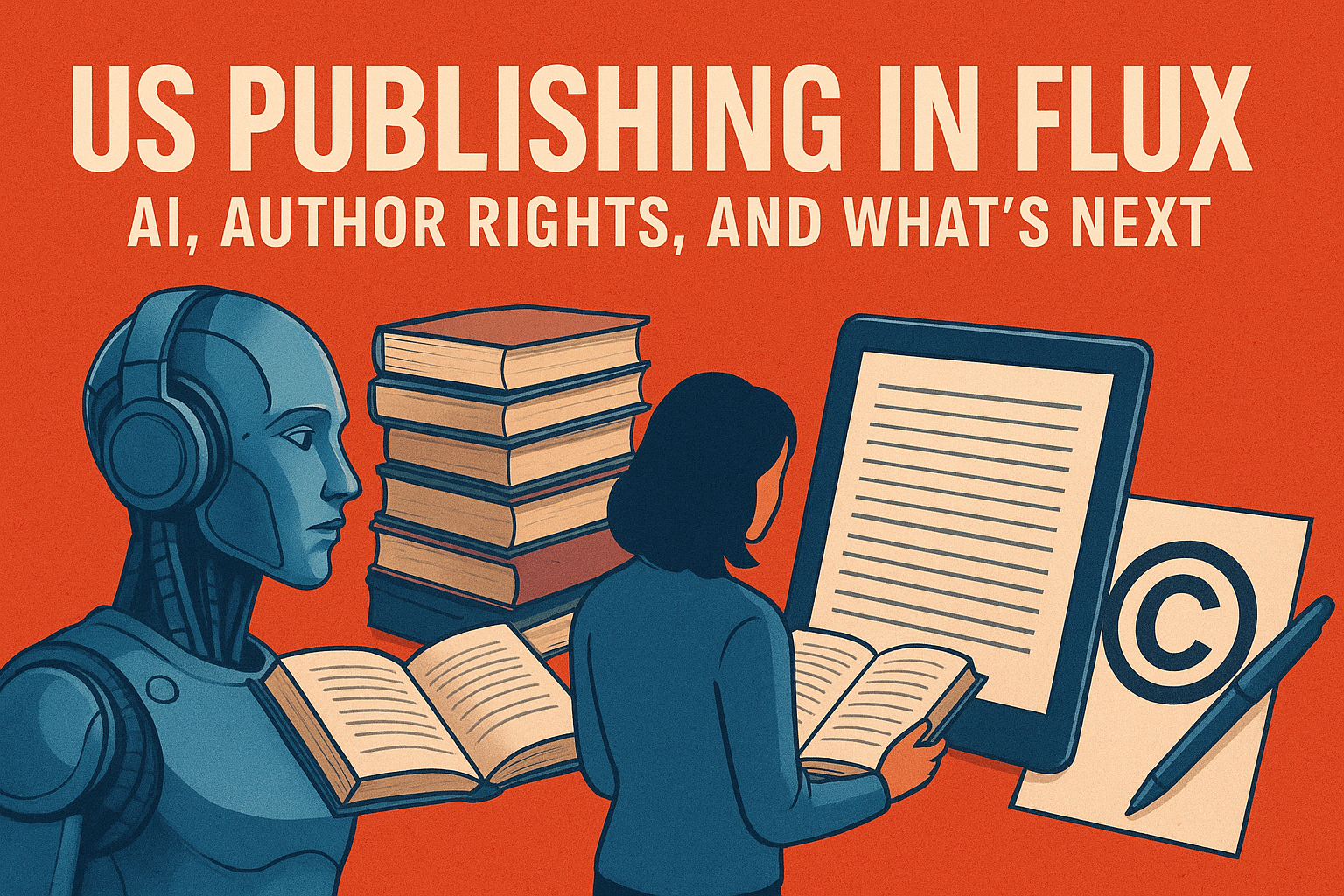Mastering Novel Plotting: Secrets from The New York Times Bestselling Authors

Mastering novel plotting often involves studying techniques used by successful authors. NYT bestselling authors are writers who have achieved significant commercial success, with their books appearing on The New York Times Best Sellers list. The list is published weekly and covers various genres, including fiction, non-fiction, and children’s books. Some well-known NYT bestselling authors include Stephen King, James Patterson, J. K. Rowling, John Grisham, Dan Brown, Nora Roberts, Margaret Atwood, Tomi Adeyemi, David Baldacci to name a few. Here are some common strategies that NYT bestselling authors might use:
1. Outlining: Outlining is a crucial step in the novel-writing process, serving as the blueprint for your story. It involves creating a structured plan that details the sequence of events, character arcs, and key plot points, helping you navigate the narrative from start to finish. An effective outline can guide your writing, ensuring consistency, coherence, and a compelling flow.
2. Three-Act Structure: The Three-Act Structure is a time-tested framework that divides a story into three distinct sections, each serving a specific purpose in the narrative arc. This structure is widely used in novel writing, screenwriting, and other forms of storytelling because it provides a clear roadmap for developing a compelling and well-paced story.
3. Character-Driven Plots: Character-driven plots place the development and evolution of characters at the forefront of the narrative, making their personal journeys the central focus of the story. In this approach, the plot emerges organically from the characters’ decisions, growth, and interactions rather than being dictated by external events or predetermined outcomes.
4. Conflict and Tension: Conflict and tension are essential elements that propel a story forward, creating engagement and excitement for readers. They are the forces that challenge characters, disrupt the status quo, and drive the narrative towards resolution. Without conflict and tension, a story may lack the urgency and stakes needed to captivate an audience.
5. Twists and Turns: Twists and turns are narrative techniques that introduce unexpected developments and surprises, keeping readers engaged and eager to see what happens next. These elements add depth and excitement to the story, often reshaping the plot and challenging characters in new and intriguing ways.
6. Themes and Subplots: Themes and subplots are integral components that add depth and complexity to a story. While the main plot drives the central narrative forward, themes and subplots enrich the story by exploring broader concepts and offering additional layers of meaning and engagement.
7. Pacing: Pacing refers to the speed and rhythm at which a story unfolds, guiding the reader’s experience and engagement throughout the narrative. Effective pacing ensures that the story maintains momentum, keeps readers interested, and balances moments of tension with periods of reflection.
8. Feedback and Revisions: Feedback and revisions are vital stages in the writing process, transforming a draft into a polished and compelling manuscript. While writing the first draft is an important step, the refinement that comes through feedback and revision ensures that the story is clear, engaging, and effectively communicates your vision.
9. Voice and Style: Voice and style are fundamental elements that shape the distinctiveness of your writing, giving your story its unique personality and tone. While voice refers to the overall character and perspective of the narrative, style encompasses the specific choices you make in language, structure, and presentation.
10. Reader Engagement: Reader engagement refers to the techniques and strategies used to capture and maintain the interest of your audience throughout the story. Engaged readers are not only captivated by the narrative but also emotionally and intellectually involved, leading to a deeper connection with the text.
In the world of storytelling, a well-constructed plot is the backbone of a compelling novel. Plotting isn’t just about deciding what happens next; it’s about crafting a journey that engages, entertains, and resonates with readers. Whether you’re a seasoned writer or just beginning your novel-writing journey, mastering the art of plotting is crucial for creating a story that captures imaginations and stands out in a crowded market.
This guide will take you through the essentials of novel plotting, offering insights and techniques used by some of the most successful authors. From developing a captivating premise to outlining intricate plot points, we’ll explore the strategies that transform a basic idea into a fully realized narrative. You’ll learn how to balance character development with plot progression, maintain tension and pacing, and incorporate subplots that enrich the main storyline.
Prepare to dive deep into the craft of plotting, discover new tools and methods, and refine your storytelling skills. Whether you’re aiming to write a gripping thriller, a heartfelt romance, or a thought-provoking literary piece, mastering novel plotting will empower you to bring your story to life in the most impactful way.
Let’s embark on this journey together and unlock the secrets to crafting unforgettable plots.
1. Understand Your Genre and Audience
Understanding your genre and audience is crucial for writing a story that connects with readers and meets their expectations. By grasping the conventions of your chosen genre and the preferences of your target audience, you can craft a narrative that is both engaging and relevant.
- Research Genre Conventions: Different genres have different expectations and tropes. Knowing these can help you craft a plot that meets reader expectations while standing out.
- Target Audience: Tailor your plot to appeal to your intended readers, considering their interests and preferences.
2. Develop a Strong Premise
A strong premise is the core idea that drives your story, providing a clear and compelling foundation upon which the entire narrative is built. It serves as the anchor for your plot, characters, and themes, and sets the stage for an engaging and cohesive narrative.
- Core Idea: Start with a compelling premise or “what if” scenario that drives the plot. This should be intriguing and worth exploring through a novel-length narrative.
3. Create Detailed Character Profiles
Creating detailed character profiles is a crucial step in developing well-rounded and authentic characters. These profiles provide a comprehensive understanding of your characters’ backgrounds, motivations, and personalities, ensuring they are believable and integral to the story.
- Protagonist and Antagonist: Develop your main characters, their motivations, and their goals. Strong, well-defined characters will naturally drive the plot forward.
- Supporting Characters: Include secondary characters who will add depth to the story and contribute to subplots.
4. Choose a Plot Structure
Choosing a plot structure is essential for organizing your story and guiding it from beginning to end. A well-defined plot structure provides a framework for developing the narrative, ensuring that events unfold in a coherent and engaging manner.
- Three-Act Structure: Divide your story into Setup, Confrontation, and Resolution. This classic structure helps maintain a clear narrative arc.
- Save the Cat: A popular structure by Blake Snyder, focusing on key plot points like the “Setup,” “Catalyst,” and “Climax.”
- The Hero’s Journey: A more mythic approach that includes stages like the “Call to Adventure,” “Trials,” and “Return.”
5. Outline Your Plot
Outlining your plot involves creating a structured plan that maps out the sequence of events and key moments in your story. A well-crafted outline serves as a roadmap, guiding you through the writing process and ensuring a cohesive and engaging narrative.
- Chapter-by-Chapter: Outline each chapter or scene to ensure a clear progression of events.
- Plot Points: Identify major plot points, such as the inciting incident, midpoint, and climax, to ensure the story maintains momentum.
6. Incorporate Conflict and Tension
Conflict and tension are essential elements that propel your story, creating drama and engaging readers. They serve as the driving force behind the narrative, shaping character arcs and maintaining reader interest.
- External Conflict: Challenges from outside forces, such as antagonists or environmental obstacles.
- Internal Conflict: Personal struggles and dilemmas that affect the protagonist’s journey.
7. Weave in Subplots
Subplots are secondary storylines that complement and enhance the main plot, providing additional layers of complexity and depth. They enrich the narrative by exploring secondary themes, developing supporting characters, and adding variety to the story.
- Enhance the Main Plot: Subplots should complement and enhance the main story, providing additional layers and depth.
- Character Development: Use subplots to further develop characters and explore their relationships.
8. Maintain Pacing
Maintaining pacing involves controlling the speed and rhythm at which your story unfolds. Effective pacing ensures that the narrative flows smoothly, keeping readers engaged and balancing moments of tension with periods of reflection.
- Balance: Alternate between fast-paced action and slower, character-driven scenes to keep readers engaged.
- Tension and Release: Build up tension and provide moments of release to create a dynamic and engaging narrative.
9. Draft and Revise
Drafting and revising are essential stages in the writing process that transform an initial idea into a polished and compelling story. Drafting involves creating the initial version of your manuscript, while revising focuses on refining and improving the draft to enhance its clarity, coherence, and overall quality.
- First Draft: Focus on getting the story down without worrying too much about perfection.
- Revisions: Review and revise to refine plot points, ensure consistency, and strengthen the narrative.
10. Seek Feedback
Seeking feedback involves obtaining opinions and constructive criticism from others about your manuscript. This process provides valuable perspectives that can help you identify strengths and weaknesses in your writing, leading to a more refined and effective final product.
- Beta Readers: Share your manuscript with beta readers to get feedback on plot effectiveness and clarity.
- Writing Groups: Join writing groups for additional perspectives and constructive criticism.
Plotting skills are fundamental to achieving success in the literary world. A well-structured plot not only captures readers’ attention but also provides a compelling and immersive reading experience. Below are some areas that authors could focus on for effective plotting.
Captivating Readers
Captivating readers is about capturing and maintaining their attention throughout your story. It involves creating a compelling and immersive experience that makes readers eager to continue and emotionally invested in the narrative.
Creating a Cohesive Narrative
Creating a cohesive narrative involves weaving together all elements of your story — plot, characters, setting, and themes — into a unified and harmonious whole. A cohesive narrative ensures that every part of the story supports and enhances the overall plot, creating a seamless and engaging reading experience.
Developing Engaging Characters
Developing engaging characters involves crafting figures that are compelling, relatable, and integral to the story. Engaging characters capture readers’ attention and emotional investment through their depth, complexity, and growth. They drive the narrative forward and contribute significantly to the reader’s overall experience.
Enhancing Thematic Depth
Enhancing thematic depth involves weaving underlying messages and concepts into your narrative, enriching the story with layers of meaning and significance. Themes provide a framework for exploring broader ideas and emotions, giving your story depth and resonance that resonates with readers on a deeper level.
Building a Strong Authorial Voice
Building a strong authorial voice involves developing a unique and recognizable style of writing that reflects your personal perspective, tone, and approach. A strong authorial voice distinguishes your work from others and helps establish your identity as a writer, creating a memorable and engaging reading experience.
Professionalism and Marketability
Professionalism and marketability are crucial aspects of a successful writing career, encompassing the quality of your work and its appeal to readers and publishers. Professionalism ensures that your work is polished and adheres to industry standards, while marketability focuses on how well your work can attract and engage your target audience.
You can always reach out to Milton and Hugo Publishing if you need assistance and guidance especially if you are self-publishing your novel. Trusted by many authors in jump-starting their writing careers, Milton & Hugo can provide resources to writers and help them launch their writing career worldwide.
As you reach the end of this guide, you should now be equipped with a comprehensive toolkit for mastering the art of novel plotting. Crafting a compelling plot is both an art and a science, requiring creativity, precision, and a deep understanding of storytelling dynamics. By implementing the strategies and techniques outlined here, you’re well on your way to transforming your ideas into a structured and engaging narrative.
Remember, plotting is not a one-size-fits-all process. Each story and writer is unique, so feel free to adapt and experiment with different methods to find what works best for you. Embrace the revisions and feedback as part of the journey, knowing that each step brings you closer to a polished and captivating novel.
The path to a successful story is paved with careful planning, thoughtful character development, and an ever-evolving plot. With dedication and practice, you can master the nuances of plotting and craft stories that resonate deeply with readers.
Thank you for joining us on this exploration of novel plotting. May your writing journey be filled with creativity, discovery, and endless storytelling possibilities.




